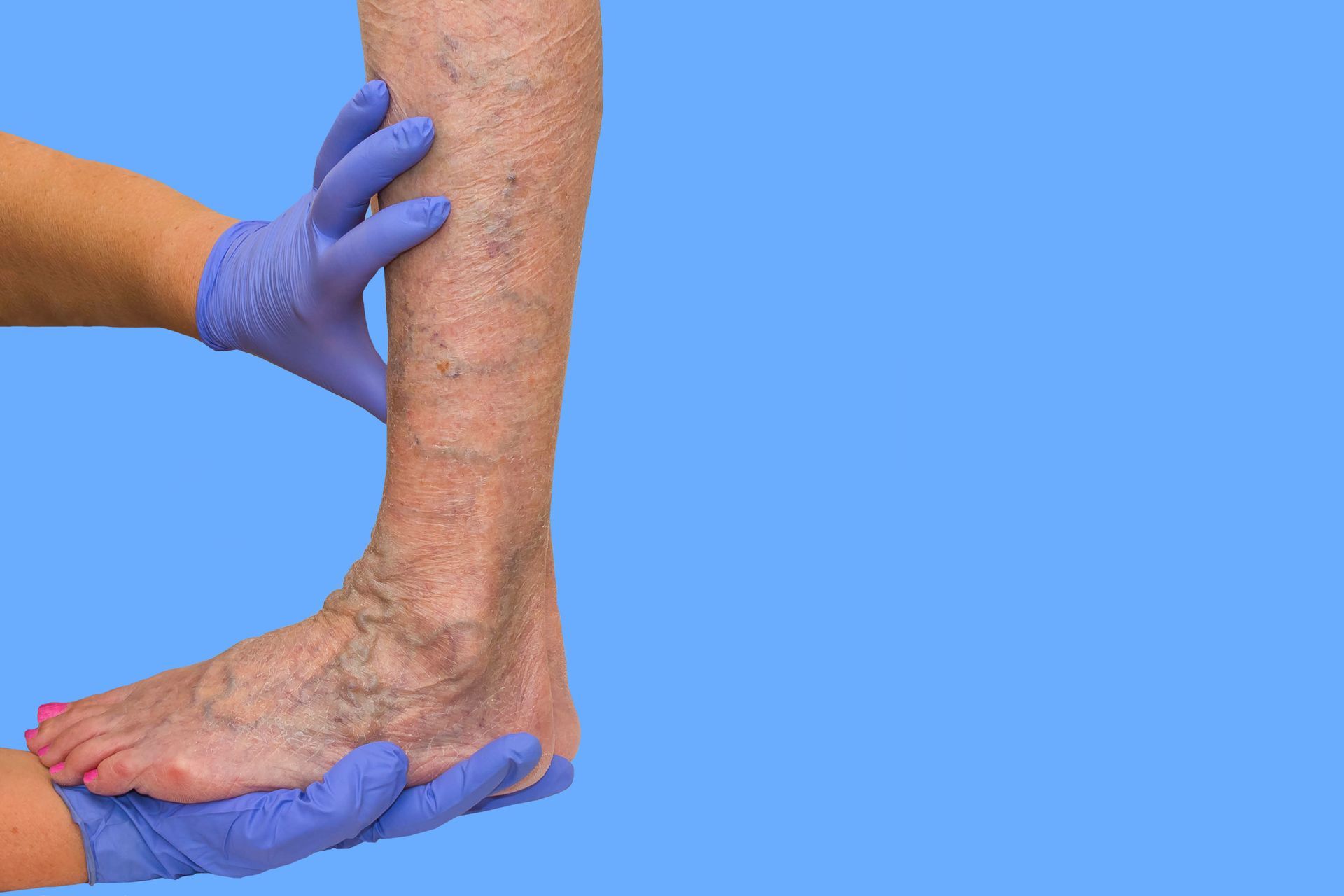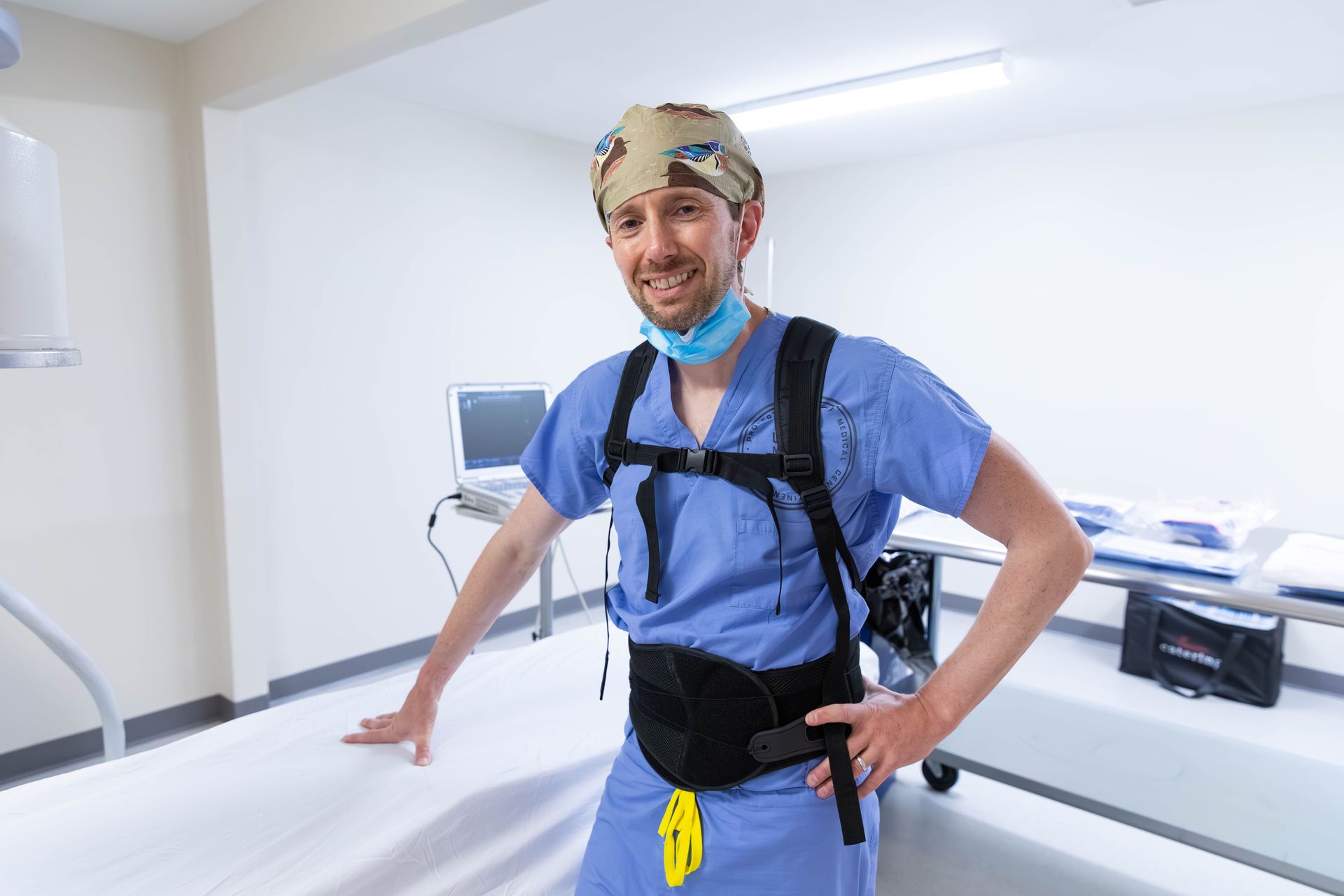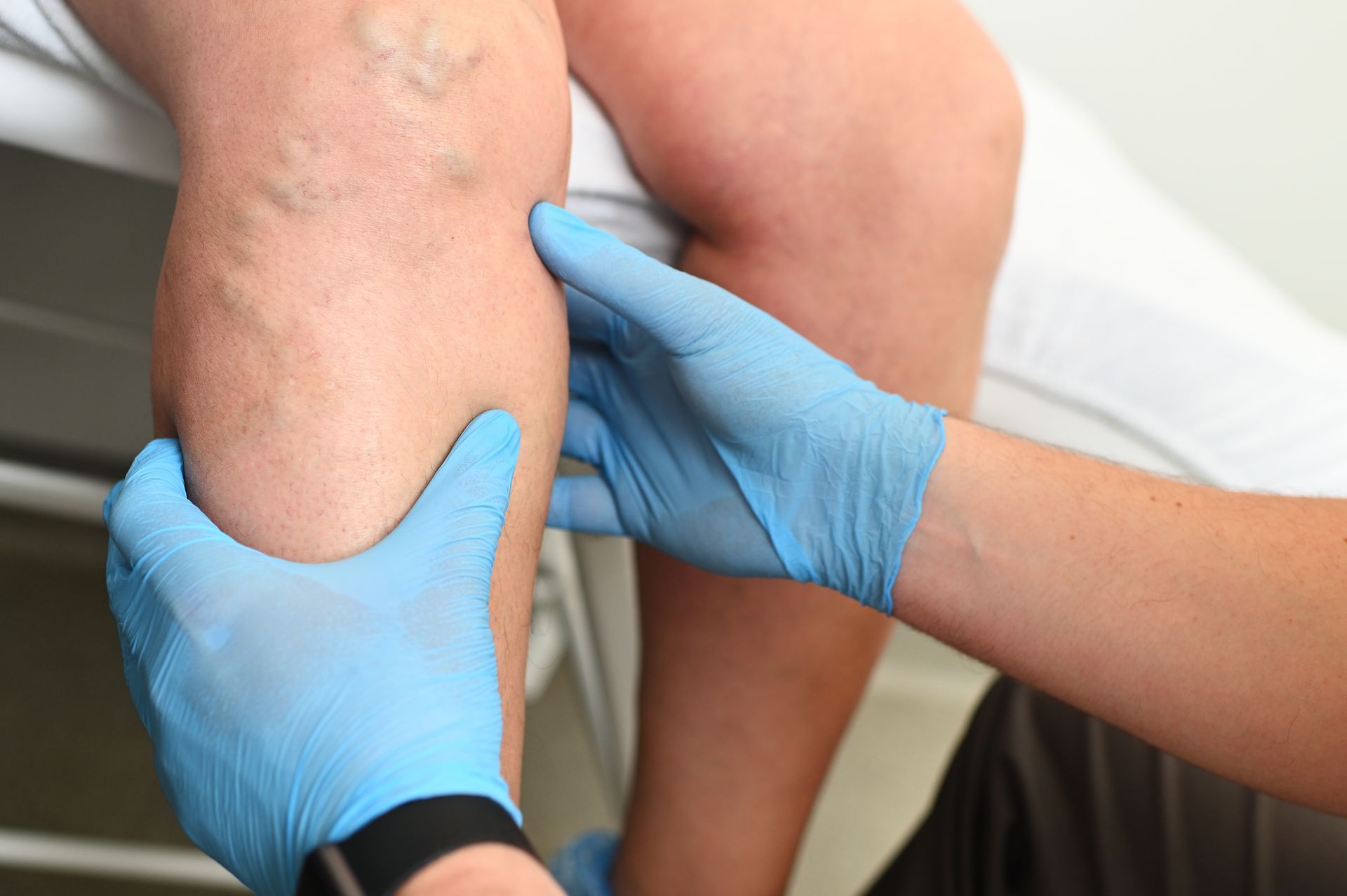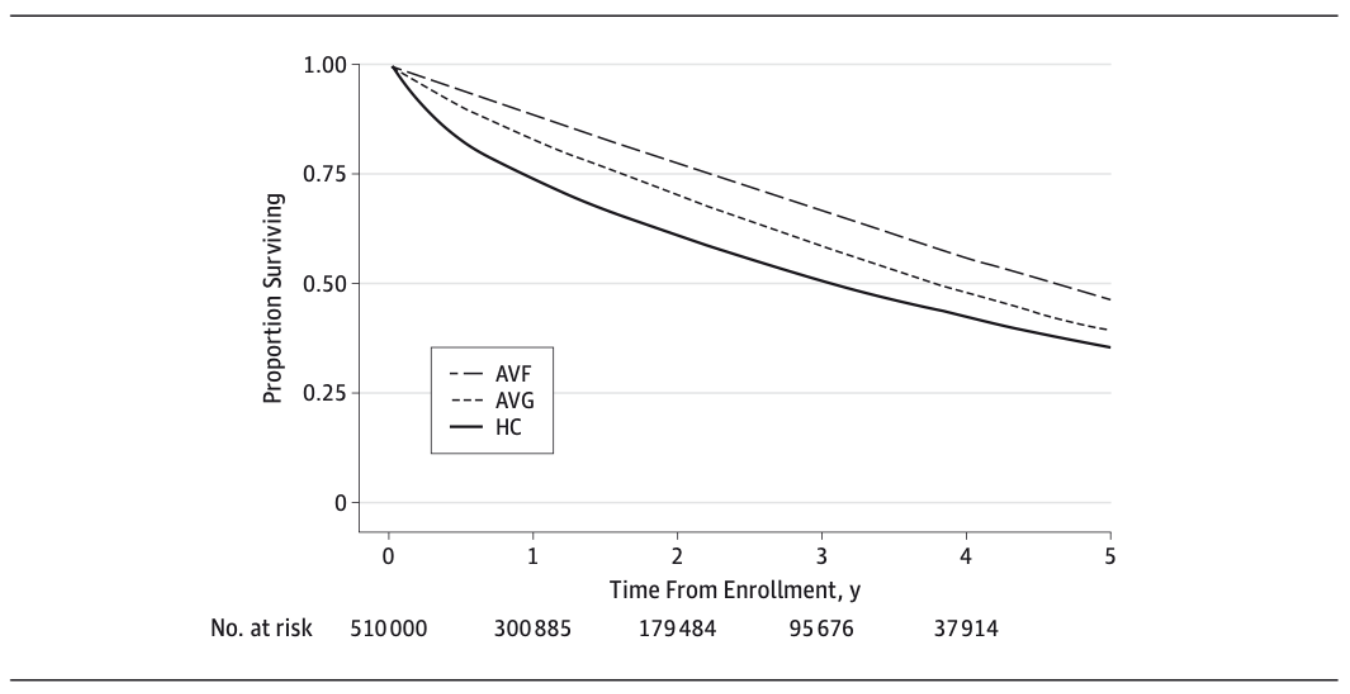What is Peripheral Artery Disease (PAD) and How Can It Be Treated?
Peripheral Artery Disease (PAD) is a common yet serious condition that affects millions of people worldwide. It occurs when the arteries that supply blood to your limbs become narrowed or blocked, reducing blood flow. This can lead to a range of symptoms and complications if not properly managed. Understanding PAD and knowing how to treat it is crucial for maintaining good vascular health.
What is Peripheral Artery Disease (PAD)?
Peripheral Artery Disease is primarily caused by atherosclerosis, a condition where fatty deposits, or plaques, build up on the walls of the arteries. This buildup narrows the arteries, making it difficult for blood to flow through them. PAD most commonly affects the legs, but it can also impact the arms and other parts of the body.
Symptoms of PAD
PAD often goes undiagnosed because its symptoms can be subtle. Here are some common signs to watch for:
- Leg pain when walking (claudication): This is the most common symptom. It typically occurs in the calf, thigh, or buttock and goes away after a few minutes of rest.
- Leg numbness or weakness: Reduced blood flow can lead to a feeling of heaviness or weakness in the legs.
- Coldness in your lower leg or foot: Especially when compared with the other leg, coldness can indicate poor circulation.
- Sores on your toes, feet, or legs that won’t heal: These non-healing sores are a serious indication of reduced blood flow.
- Change in the color of your legs: A bluish or pale color can indicate poor circulation.
- Hair loss or slower hair growth on your feet and legs: This can be accompanied by slower toenail growth.
- Shiny skin on your legs: The skin may appear tight and shiny due to poor blood flow.
- Weak or no pulse in your legs or feet: This is often detected during a physical examination.
- Erectile dysfunction in men: This can be a sign of blocked arteries in the pelvic area.
How Can PAD Be Treated?
Treating PAD involves a combination of lifestyle changes, medications, and sometimes medical procedures. The goal is to reduce symptoms, improve quality of life, and prevent the progression of the disease.
Lifestyle Changes
Making healthy lifestyle choices is the first step in managing PAD. Here are some key changes:
- Quit Smoking: Smoking is a major risk factor for PAD. Quitting can significantly improve your symptoms and overall vascular health.
- Exercise Regularly: Regular physical activity, especially walking, can help improve circulation and reduce symptoms.
- Healthy Diet: Eating a balanced diet low in saturated fats, cholesterol, and sodium can help manage blood pressure and cholesterol levels.
- Manage Chronic Conditions: Keep conditions like diabetes, high blood pressure, and high cholesterol under control with the help of your healthcare provider.
Medications
Several medications can help manage PAD and its symptoms:
- Antiplatelet Agents: These medications, such as aspirin, help prevent blood clots.
- Cholesterol-Lowering Drugs: Statins can help reduce plaque buildup in the arteries.
- Blood Pressure Medications: These help manage high blood pressure, reducing the strain on your arteries.
- Medications for Symptom Relief: Cilostazol and pentoxifylline can help reduce claudication symptoms.
Medical Procedures
For more severe cases of PAD, medical procedures may be necessary to restore blood flow:
- Angioplasty and Stenting: This minimally invasive procedure involves inflating a small balloon inside the narrowed artery to widen it, often followed by placing a stent to keep the artery open.
- Atherectomy: This procedure removes plaque from the artery using a small device on the end of a catheter.
- Bypass Surgery: In severe cases, a surgeon may create a bypass around the blocked artery using a graft.
Why Choose California Vascular Health Specialists?
At California Vascular Health Specialists, we are committed to providing personalized, state-of-the-art care for patients with PAD. Our experienced team utilizes the latest minimally invasive techniques to ensure effective treatment and a quick recovery. We understand the impact that PAD can have on your quality of life and are dedicated to helping you achieve better vascular health.
If you are experiencing symptoms of PAD or have concerns about your vascular health, contact California Vascular Health Specialists today to schedule a consultation. Our team is here to help you find the best treatment options and improve your vascular health.
By understanding PAD and taking proactive steps to manage it, you can lead a healthier, more active life. Don't let PAD hold you back – seek expert care and take control of your vascular health today.
